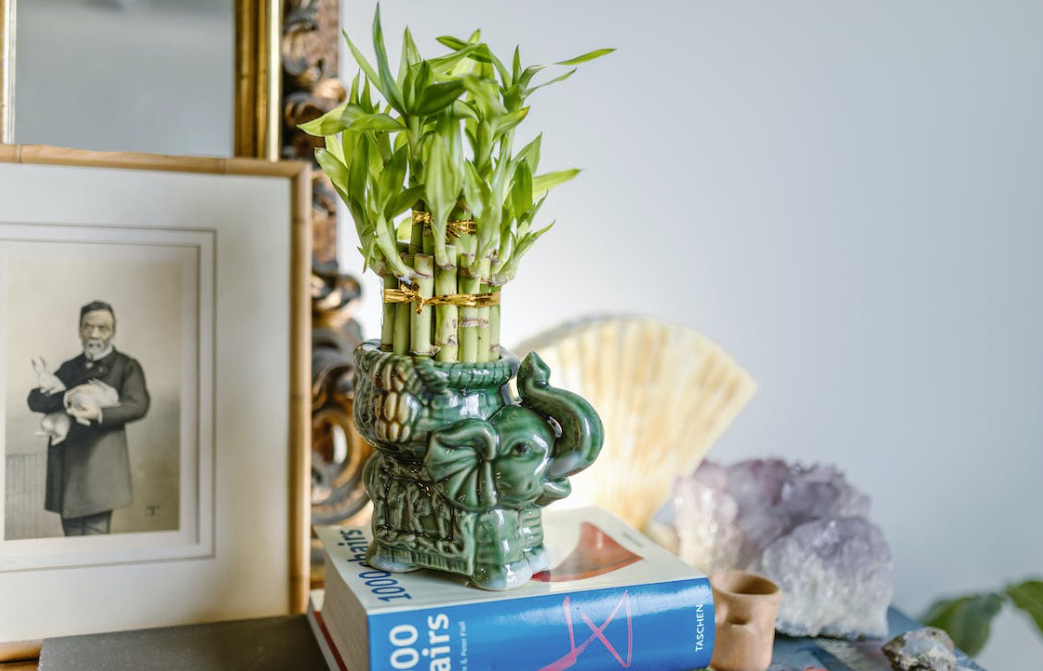Feng Shui, the ancient Chinese practice of harmonizing one’s surroundings, goes beyond aesthetics and focuses on creating a balanced and sustainable environment. By incorporating principles of energy flow and natural elements, Feng Shui enhances sustainability and promotes a harmonious coexistence with nature. In this article, we will explore different types of traditional Feng Shui practices that can be employed to promote sustainable living
Bagua Feng Shui
 Bagua Feng Shui is a practice that involves mapping out the energy of a space based on the eight trigrams of the I Ching. Each aspect of the Bagua, such as wealth, health, relationships, or career, corresponds to a specific living space area.
Bagua Feng Shui is a practice that involves mapping out the energy of a space based on the eight trigrams of the I Ching. Each aspect of the Bagua, such as wealth, health, relationships, or career, corresponds to a specific living space area.
By aligning furniture, objects, and colors following the Bagua map, individuals can optimize positive energy flow and create a sustainable living environment that supports balance and well-being.
Five Elements Feng Shui
In Five Elements Feng Shui, wood, fire, earth, metal, and water balance and harmonize a space. Each element represents different qualities and energies. By integrating these elements through colors, materials, and shapes, individuals can create a sustainable and nurturing environment that aligns with the natural world. For example, incorporating plants or wooden furniture represents the wood element, while using sustainable materials like bamboo or cork contributes to an eco-friendly atmosphere.
Compass School Feng Shui
The Compass School of Feng Shui utilizes the eight compass directions to determine optimal energy flow within a space. By understanding the directional orientation of a building and aligning furniture and objects accordingly, individuals can optimize the energy flow and create a sustainable environment that is in harmony with nature. For example, maximizing natural light by placing windows facing the south promotes energy efficiency and enhances sustainability.
Flying Star Feng Shui
 Flying Star Feng Shui is based on the belief that energy patterns shift over time due to the movement of stars and cosmic influences. This practice uses a complex system of calculations to determine favorable and unfavorable energy combinations within a space. Individuals can create sustainable living spaces that support well-being, balance, and harmony by identifying positive energy and minimizing negative energy.
Flying Star Feng Shui is based on the belief that energy patterns shift over time due to the movement of stars and cosmic influences. This practice uses a complex system of calculations to determine favorable and unfavorable energy combinations within a space. Individuals can create sustainable living spaces that support well-being, balance, and harmony by identifying positive energy and minimizing negative energy.
Traditional Feng Shui is practiced by Asian countries such as China, Singapore, Malaysia, and many others. It offers valuable insights and practices that can enhance sustainability in our living environments. By incorporating Bagua Feng Shui, Five Elements Feng Shui, Compass School Feng Shui, and Flying Star Feng Shui, individuals can create spaces that are not only aesthetically pleasing but also in alignment with the principles of sustainability. These practices encourage us to be mindful of our spaces’ natural elements, energy flow, and directional orientation, ultimately fostering a harmonious coexistence with nature.

